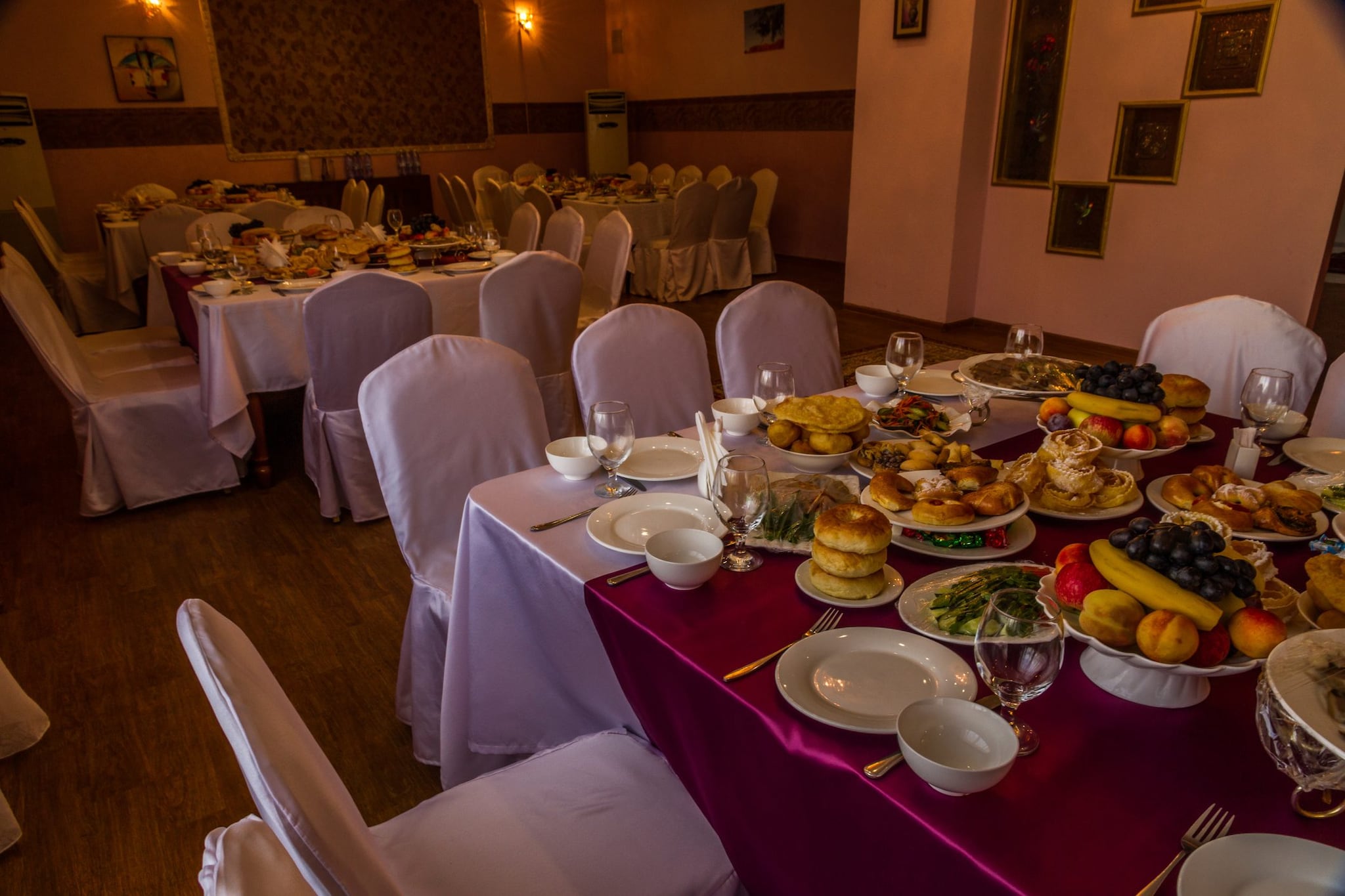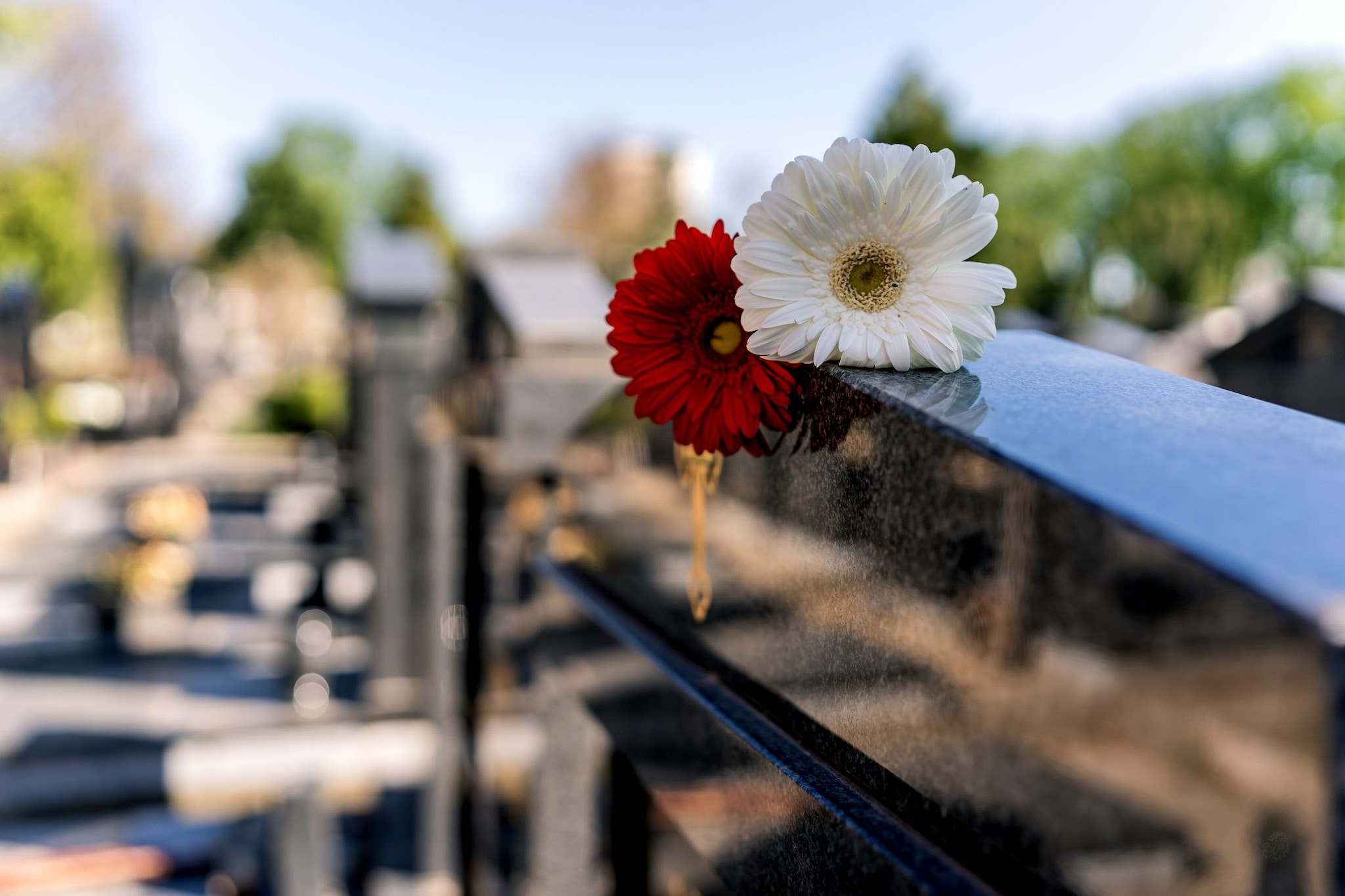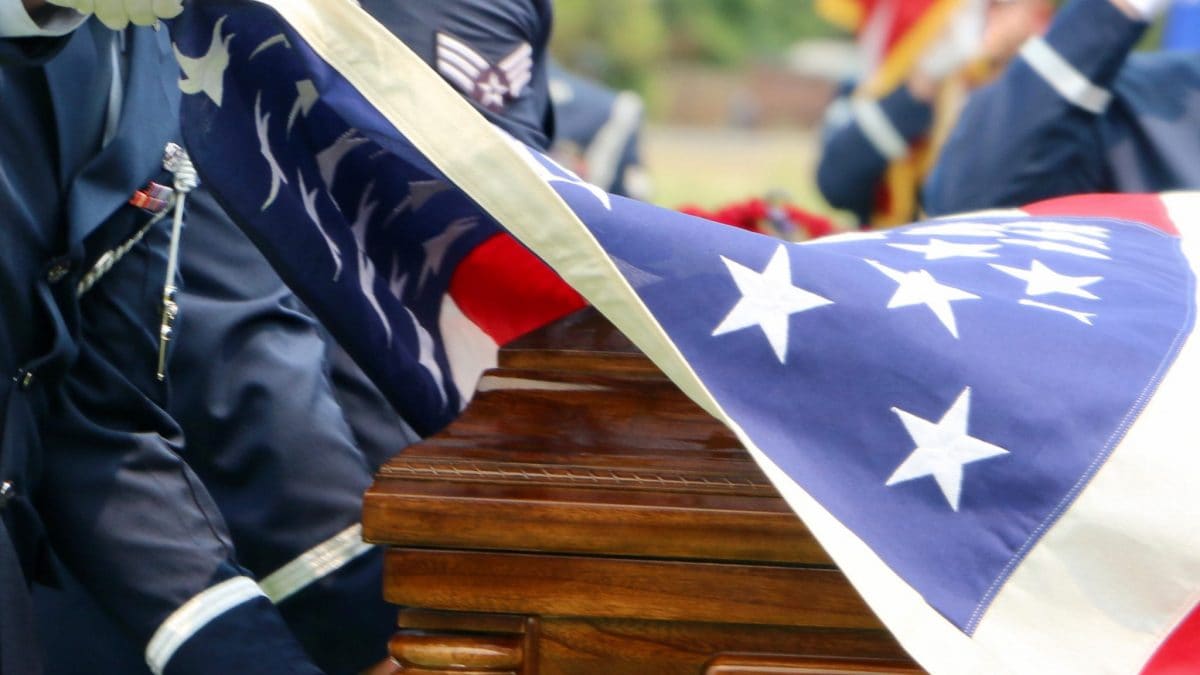So many times we have seen in movies and TV series banquets after the funeral. A kind of party with a lot food and the relatives of the deceased intent on serving and preparing food for the “guests”. Actually in the United States the funeral directors even offer the catering among the services made available to families. But where does this tradition come from? Eating after the funeral actually is a bizarre custom typical of contemporary Anglo-Saxon culture, especially the American one. It may happen that people cook for themselves, often friends and neighbors bring food and drinks to relatives’ homes or rely on a external catering: what is never lacking is definitely food, in one way or another. Let’s go into this particular custom which, in reality, has its roots in classical culture European.
The Italian roots of funeral brunch
The funeral banquet it’s a ritual from very ancient roots, strongly linked to peasant culture and religious rites of antiquity. It is likely that the most important written track of the history of funeral brunch dates back to 400, by the hand of St. Augustine:
“And there were many fepolcri de ‘santi defonti to honor them in this way, he carried around this same wine that had to fervent for everything: which was not very watered but still tepid out of the way (…) he agreed to bring to the fepolcri de ‘Martyrs the breast full of fruits at worlds most affairs ”.
The translation from Latin refers us to a truly archaic Italian but the meaning remains clear: fruit baskets to eat to honor the deceased. Closer to us we find Oreste Marcoaldiwe are in 1877, which in an essay on Fabriano tells the families of the Marche countryside: when one of the members of the community passes away, the relatives of the deceased go to his house to prepare a hearty lunch. This tradition, very common throughout central-northern Italy, has its roots in an ancient custom shamelessly pagan: people eat the animals sacrificed for the “funeral” and sit around the burial site; With the’abolition of sacrificial rites tradition evolves turning into a real banquet.

We also find the funeral banquet in the 1900s, in a splendid poem by the actor Aldo Fabrizibrother of the Sora Lella:
Tradition vo ‘that’ this banquet,
prepared during the agony, if you face, cor priest and altar boy.
And when the pasta is served, we toast to the health of the body.
This poem, also for the Roman dialect, brings us to mind the iconic scene from Romanzo Criminale which begins with a coffin in the center of a room and a plate of rigatoni with cheese and pepper placed on top, the crucifix on the background of the plate, the open beer and I Won’t Let You Down by PhDs in the background. The coffin stolen by the gang contains the body of the Lebanese. The whole team eats some rigatoni cacio e pepe, abundant with pepper according to what Scrocchiazeppi says (“I understand who killed er Lebanese: Zì Remo, with all this pepper li mort …“). A real” funeral party “in Roman style.
Why is there a funeral banquet in America?
The American approach to death is very different from ours. We often feel confused watching movie scenes and thinking about our grief. For us organize a party after a funeral it would be crazy but this is the funeral party, a very American thing that we can only observe from the outside.

THE funeral banquets they are part of the stars and stripes culture because death in that part of the world it is not just a moment of sadness. The deceased goes to one best size compared to the earthly one. We are not even talking about “paradise” because the United States has taken a set of cultures from all over the world, inherited from migratory flows and the slave trade, but they all agree with this “higher dimension”. For this reason the deceased is celebratedmaking the funeral a moment of conviviality to remember the person who is no longer there. Relatives and friends they eat good things in honor of the dead: the funeral in America is the rite of passage to a better life and, as such, must be celebrated. In practice they see this moment as a normal sacrament in Catholic culture: baptisms, communions, confirmations, marriages, are all rites of passage towards an increasingly adult age, correlated by many dogmas linked to spirituality. All these events must be celebrated with sumptuous banquets, as well as the funeral, thelast rite possible.
American funeral banquets: why do they have a party after funerals in the United States?

